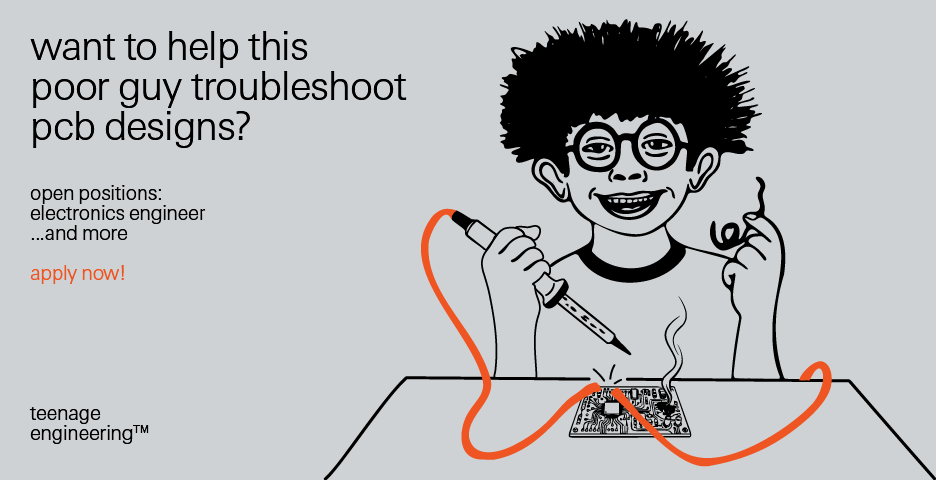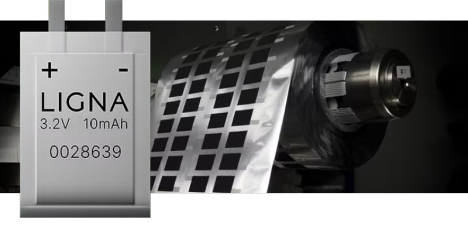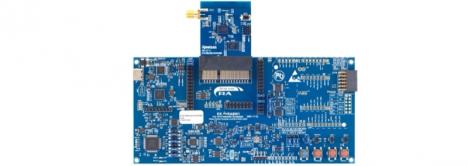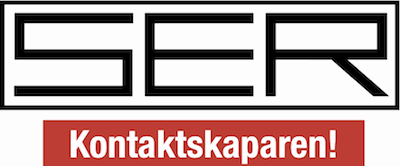"None of our competitors have done this. Intersil is planning on doing it, but has not yet demonstrated anything."
Named TripleTraC by Spirea, the chip consists of a re-configurable RF part, which supports 2.4, 5.2 and 5.8GHz, and a programmable analogue baseband part.
"The RF part is hardware coded in twin tracks, one for 2.4GHz and one for 5GHz, but the rest is programmable," explains Anders Oldebäck.
This means for instance that the chip is prepared for alternative modulation technologies, such as the forthcoming standard 802.11g, for bit speeds of 22Mbits/s in the 2.4GHz frequency band.
In addition, Spirea has embarked on a partnership with the American firm Embedded Wireless Devices, in order to be able to offer complete WLAN chip packages for the standards 802.11a, 802.11b and HiperLAN2.
Spirea's business idea is to develop RF chips in CMOS, a much cheaper technology compared to alternatives like SiGe. Channel lengths control the chips' operating frequency, and it is only recently that it has become possible to use CMOS technology to make 5GHz RF chips.
Volume production of the TripleTraC is planned to start in the beginning of 2003.
Gittan Cedervall





































